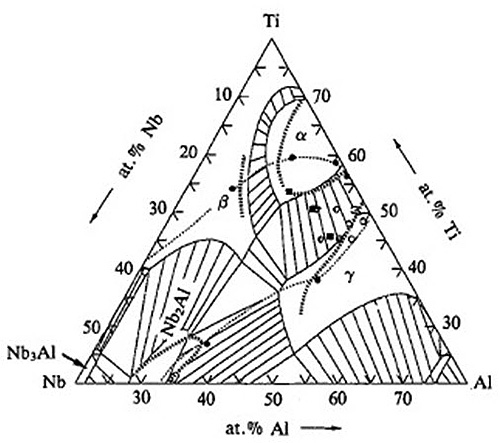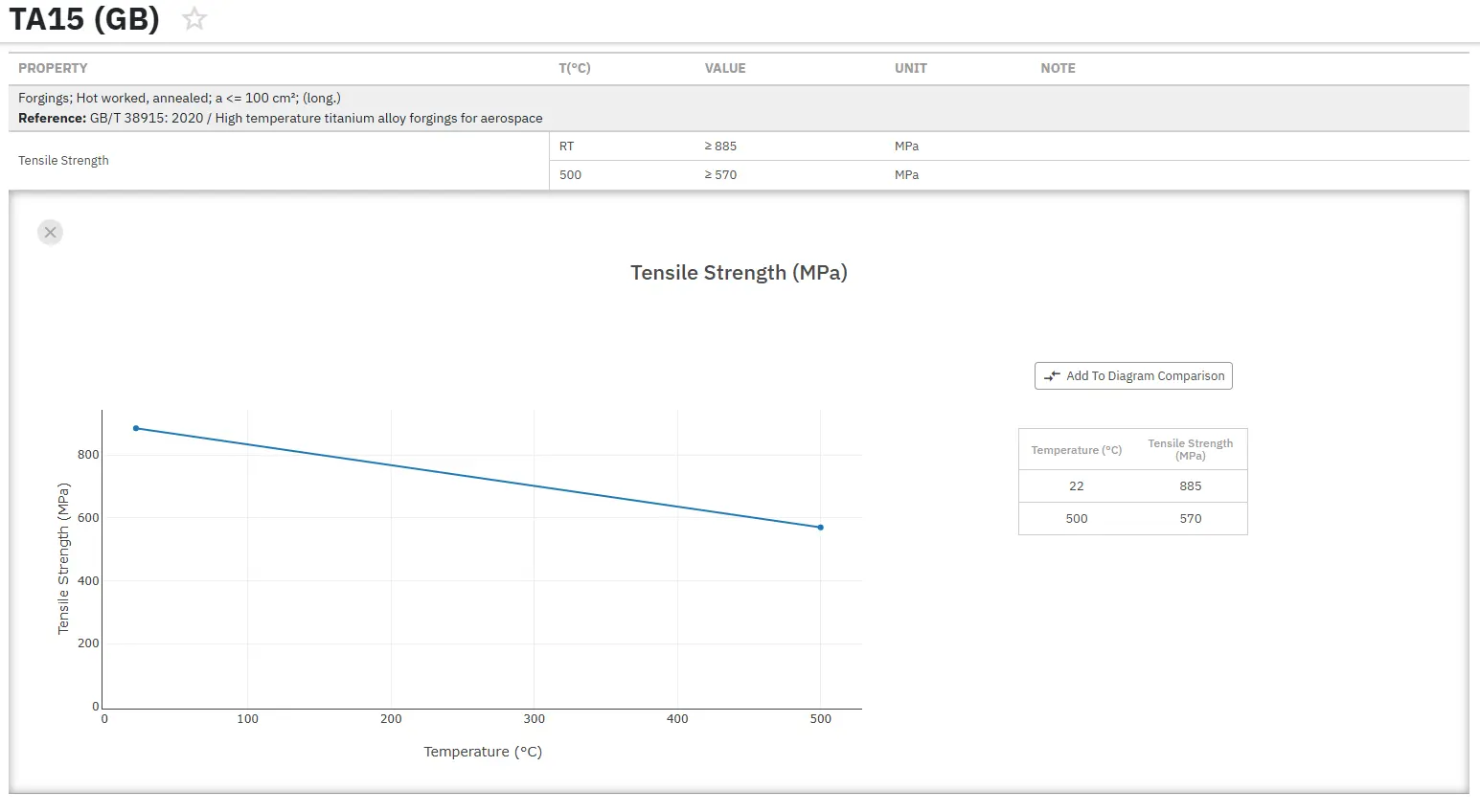Titanium Aluminide Alloys: Part One
Abstract
Titanium aluminide (TiAl) alloys represent a significant advancement in intermetallic materials, offering an exceptional combination of light weight, high strength, and excellent high-temperature properties. These two-phase alloys, primarily based on γ-TiAl with minority α2-Ti3Al phases, exhibit low density (3.85-4.2 g/cm³), high elastic modulus, and good oxidation resistance up to 700°C. Despite these advantages, their industrial application has been hindered by low room-temperature ductility and fracture toughness. This article examines the composition, structure, mechanical properties, and potential applications of TiAl alloys, with particular focus on developments incorporating niobium and other elements to enhance performance for aerospace and automotive applications.
Introduction to Titanium Aluminide Alloys
Titanium aluminide (TiAl) alloys represent an innovative class of materials based on intermetallic compounds, distinguished by their remarkable combination of light weight and high strength. These advanced materials typically contain titanium, 38-46 atom% aluminum, and 5-10 atom% niobium, often supplemented with small amounts of chromium, silicon, and nickel to achieve specific property enhancements.
The production of these alloys involves either casting or powder metallurgical processes followed by precise heat treatments. What sets titanium aluminides apart is their exceptional property profile: low density, high rigidity, and excellent corrosion resistance. In their solidified state, these alloys exhibit complex microstructures with hexagonal (α), two-phase (α+β), cubically body-centered β phase, and/or γ phase domains.
Composition and Structural Characteristics
Alloys based on the intermetallic γ-TiAl phase (with a tetragonal structure) are particularly promising for industrial applications. These alloys typically contain minority shares of the intermetallic α2-Ti3Al phase (with hexagonal structure) in addition to the majority γ-TiAl phase. This composition results in a material with density ranging from 3.85 to 4.2 g/cm³, significantly lighter than conventional high-temperature alloys.
The mechanical properties of TiAl-based alloys with lamellar structures depend on three critical factors: colony size, interlamellar spacing, and alloying additions. Room temperature tensile elongation strongly correlates with lamellar colony size, with ductility increasing as colony size decreases. Similarly, strength at both room and elevated temperatures is highly sensitive to interlamellar spacing, improving as this spacing decreases.

Figure 1: Ti-Al-Nb ternary equilibrium phase diagram (1473K isothermal section)
Applications and Performance Advantages
The unique properties of TiAl alloys make them particularly suitable for rotating and reciprocating parts in high-temperature environments. Key applications include turbine blades for aircraft and industrial engines, exhaust valves and turbochargers for automotive engines, turbine buckets in stationary gas turbines, and hot gas ventilators.
The high elastic modulus, exceptional rigidity, and creep resistance up to 700°C, combined with their low density, make these alloys extremely attractive as lightweight construction materials for high-temperature applications. These characteristics position TiAl alloys as promising high-temperature materials for next-generation engineering solutions.
Development Challenges and Research Directions
Despite their promising properties, the industrial adoption of TiAl alloys has been impeded by their very low plastic malleability and limited fracture toughness at room temperature. As with many materials, rigidity and malleability demonstrate an inverse relationship, meaning that technically interesting high-strength alloys often exhibit particularly brittle behavior.
To overcome these limitations, comprehensive research has focused on optimizing the microstructure of these alloys. The development pathway has typically followed a systematic approach: first establishing the appropriate niobium concentration in the Ti-Al-Nb ternary system to improve oxidation resistance and high-temperature strength, then examining the effects of quaternary element additions to enhance overall performance.
Recent testing has involved evaluating turbine wheels made from newly developed TiAl alloys, assessing their material properties and durability in realistic operational environments. Comparative analyses against conventional TiAl alloys and currently used superalloys like Inconel 713C have demonstrated the significant potential of these advanced intermetallic materials.
Read more
Access Precise Properties of Titanium Alloys Now!
Total Materia Horizon contains property information for thousands of titanium alloys: composition, mechanical and physical properties on various temperatures, nonlinear properties and much more.

Get a FREE test account at Total Materia Horizon and join a community of over 500,000 users from more than 120 countries.